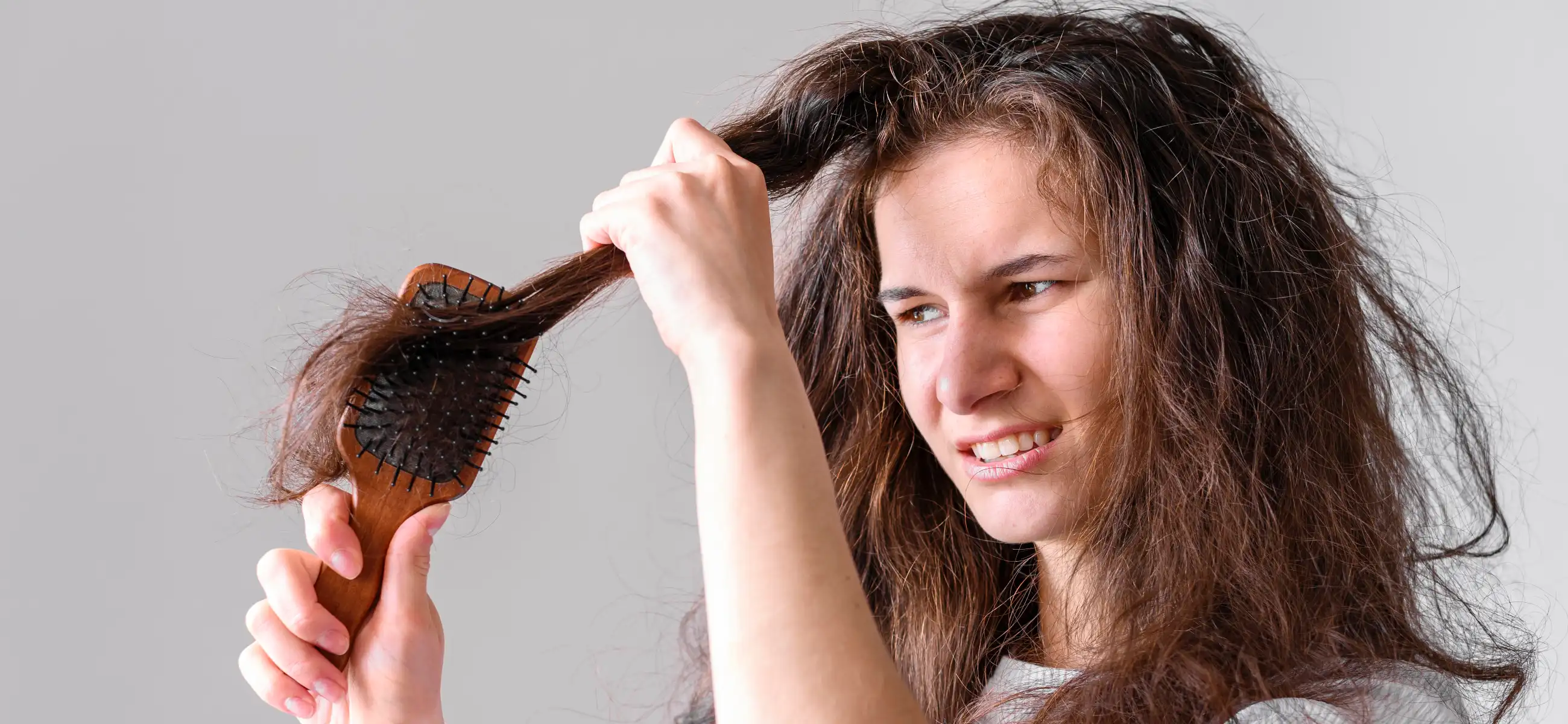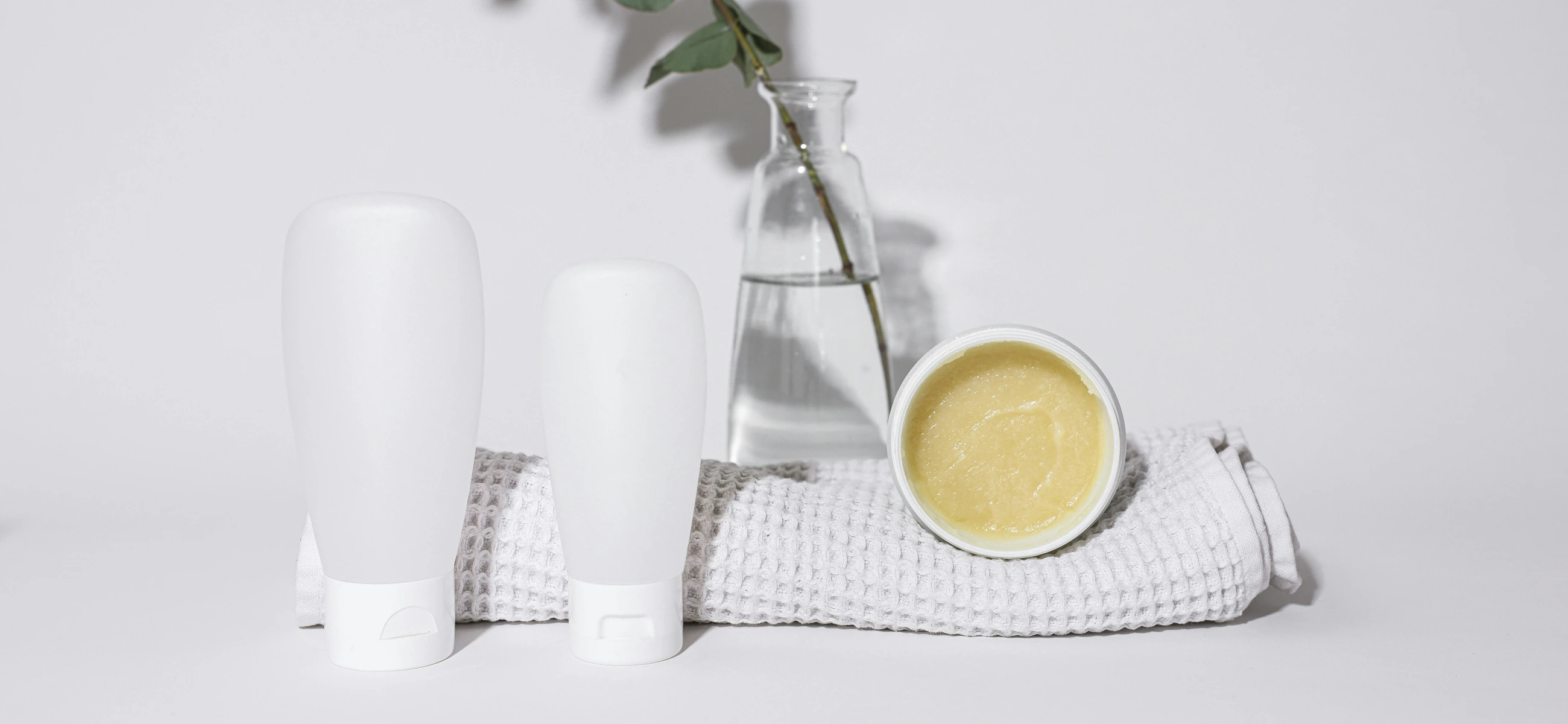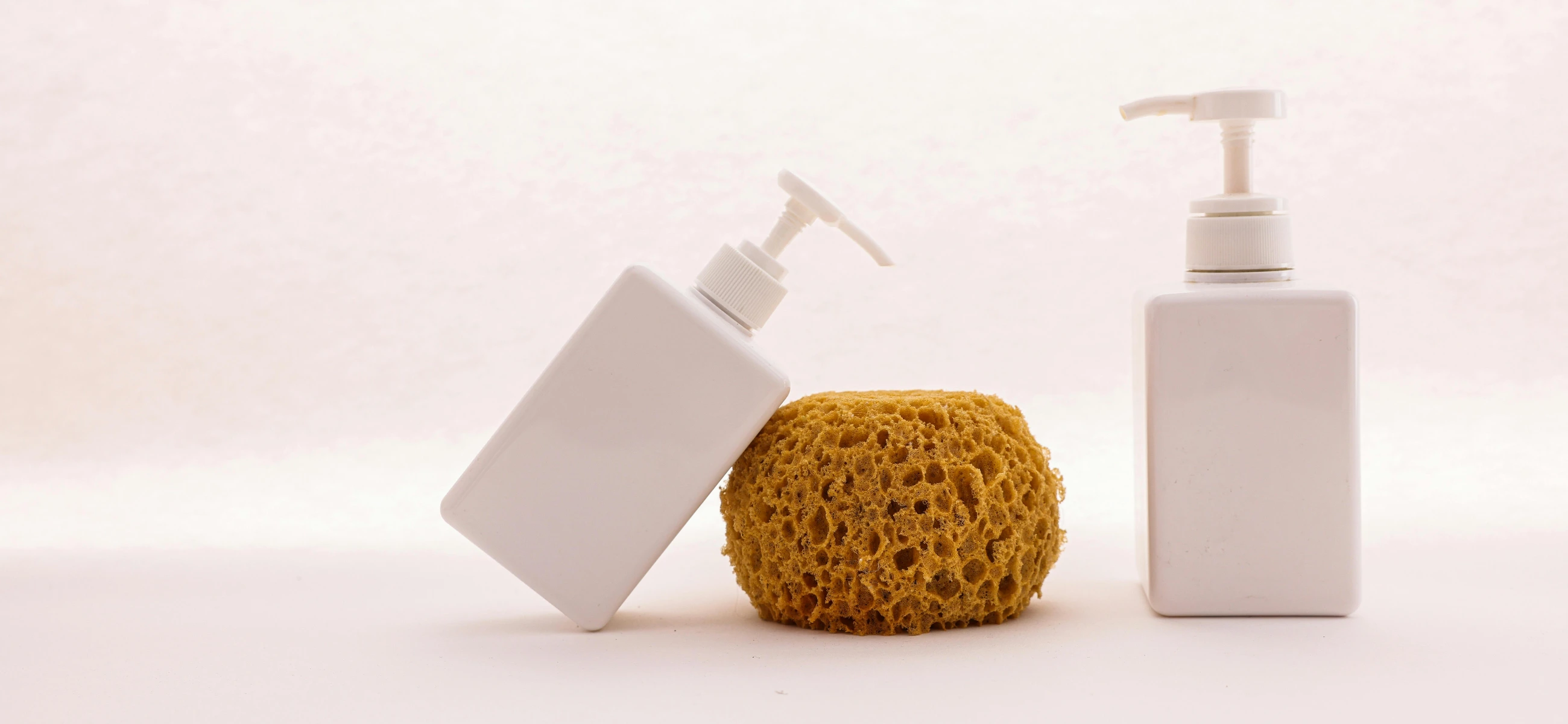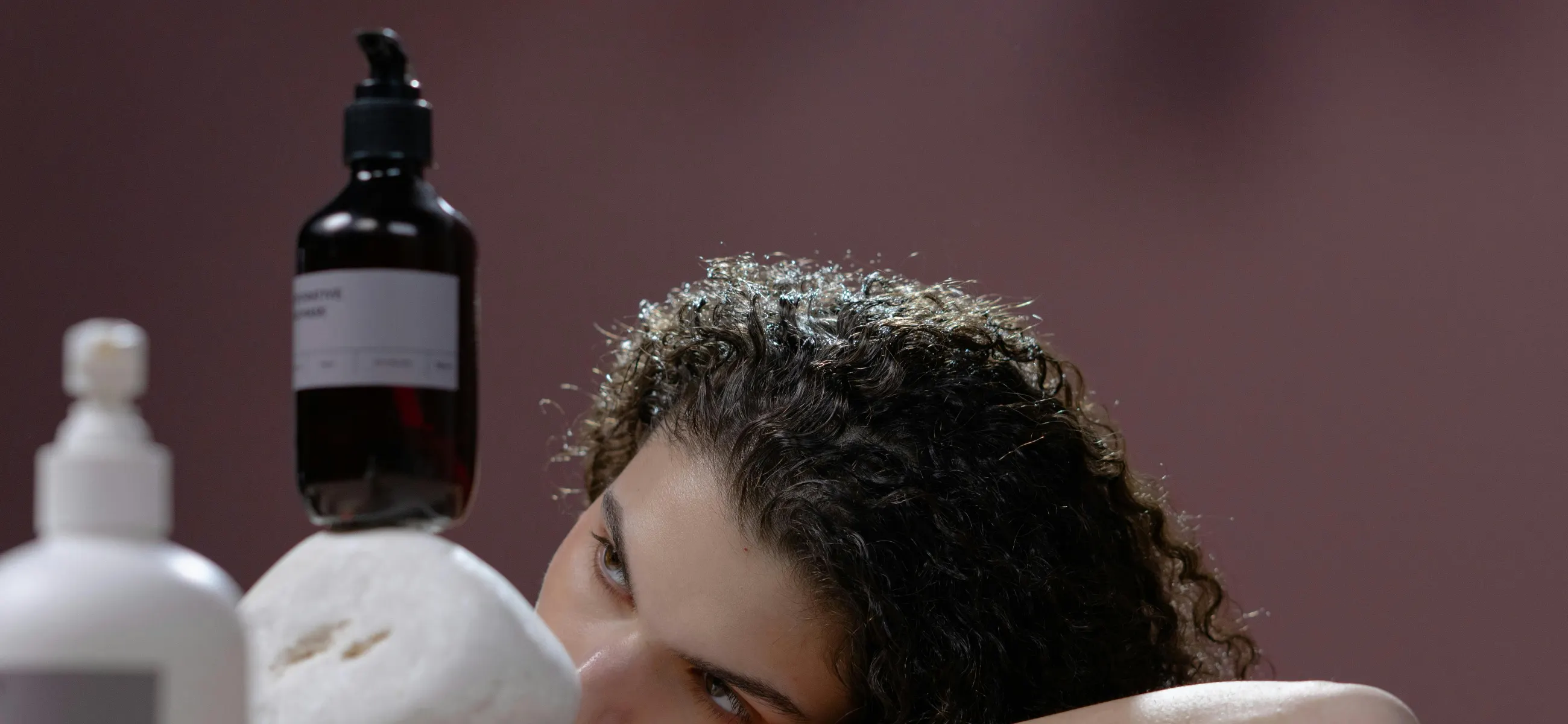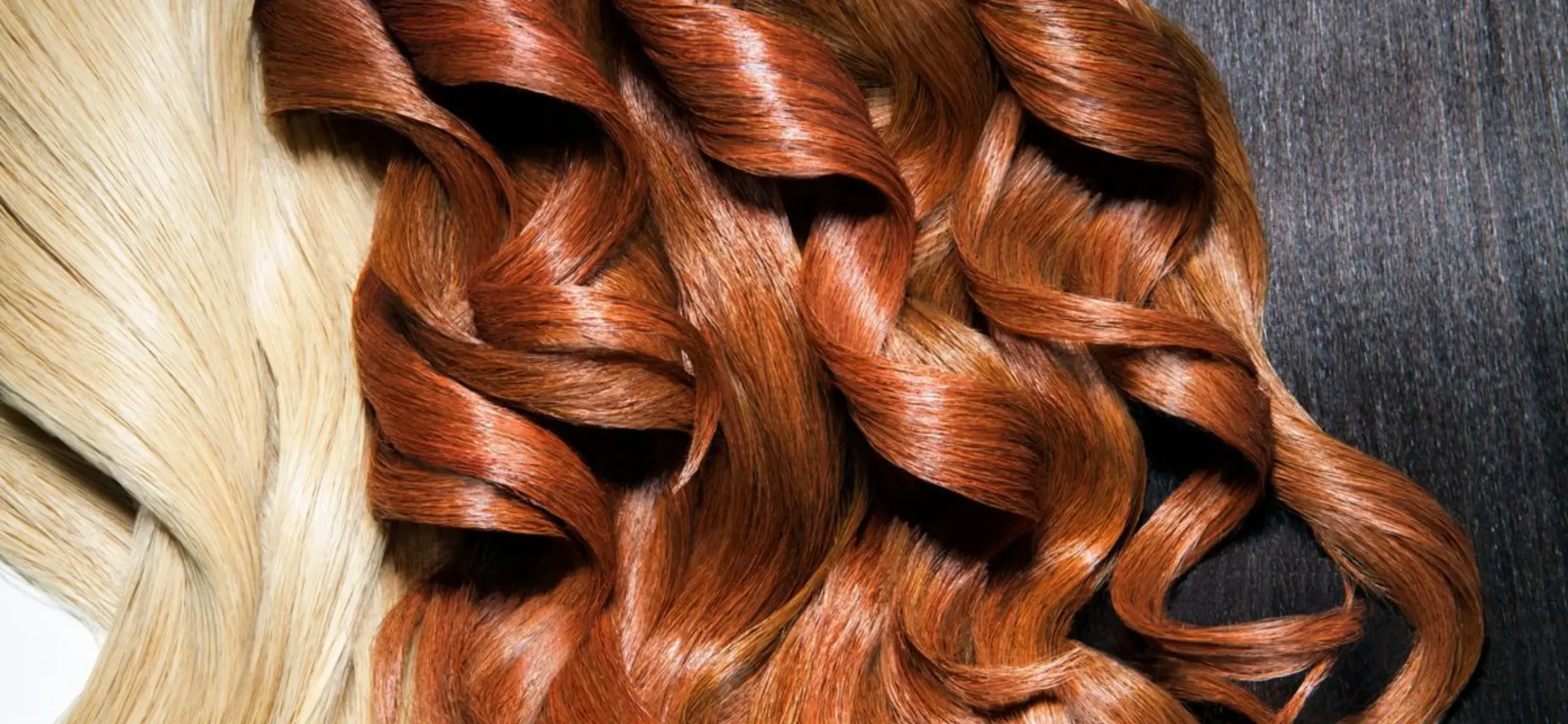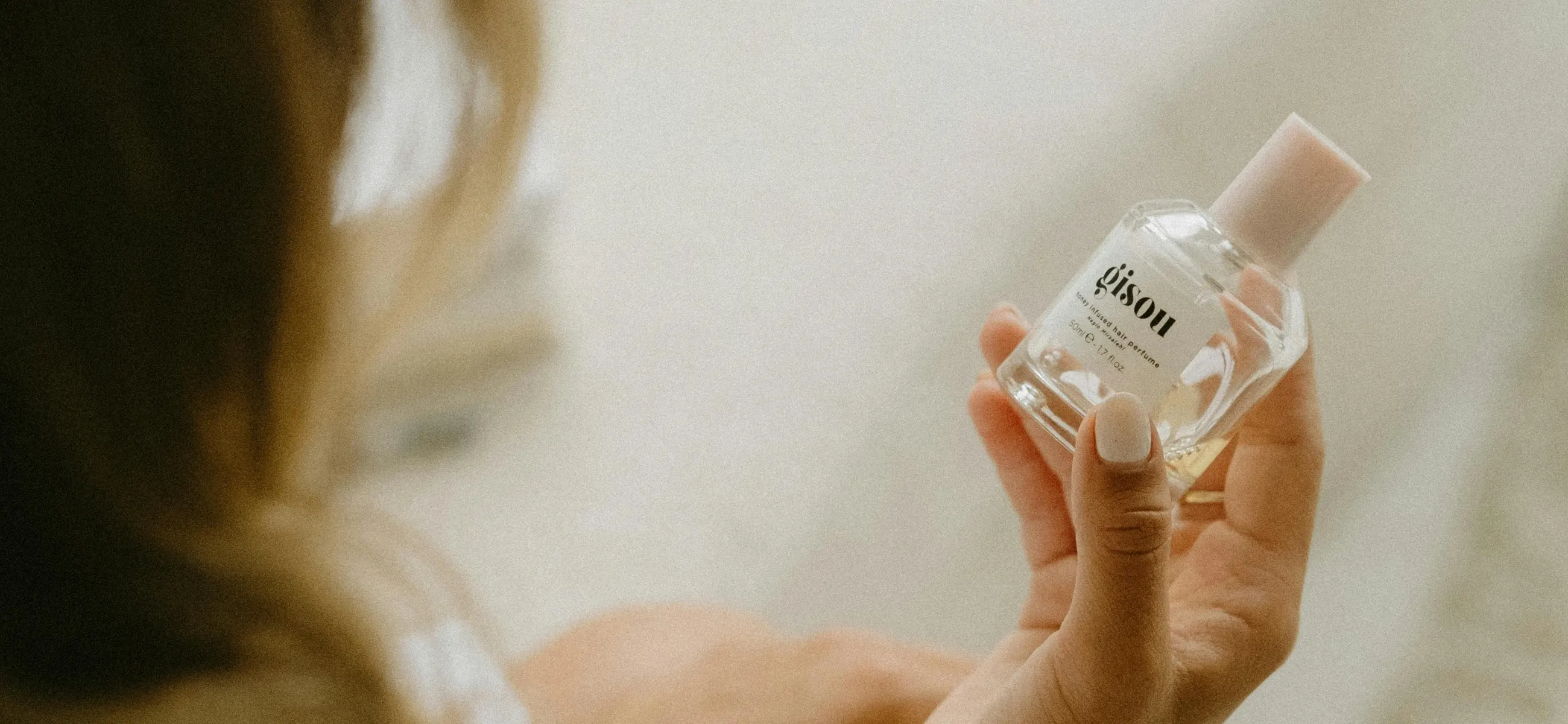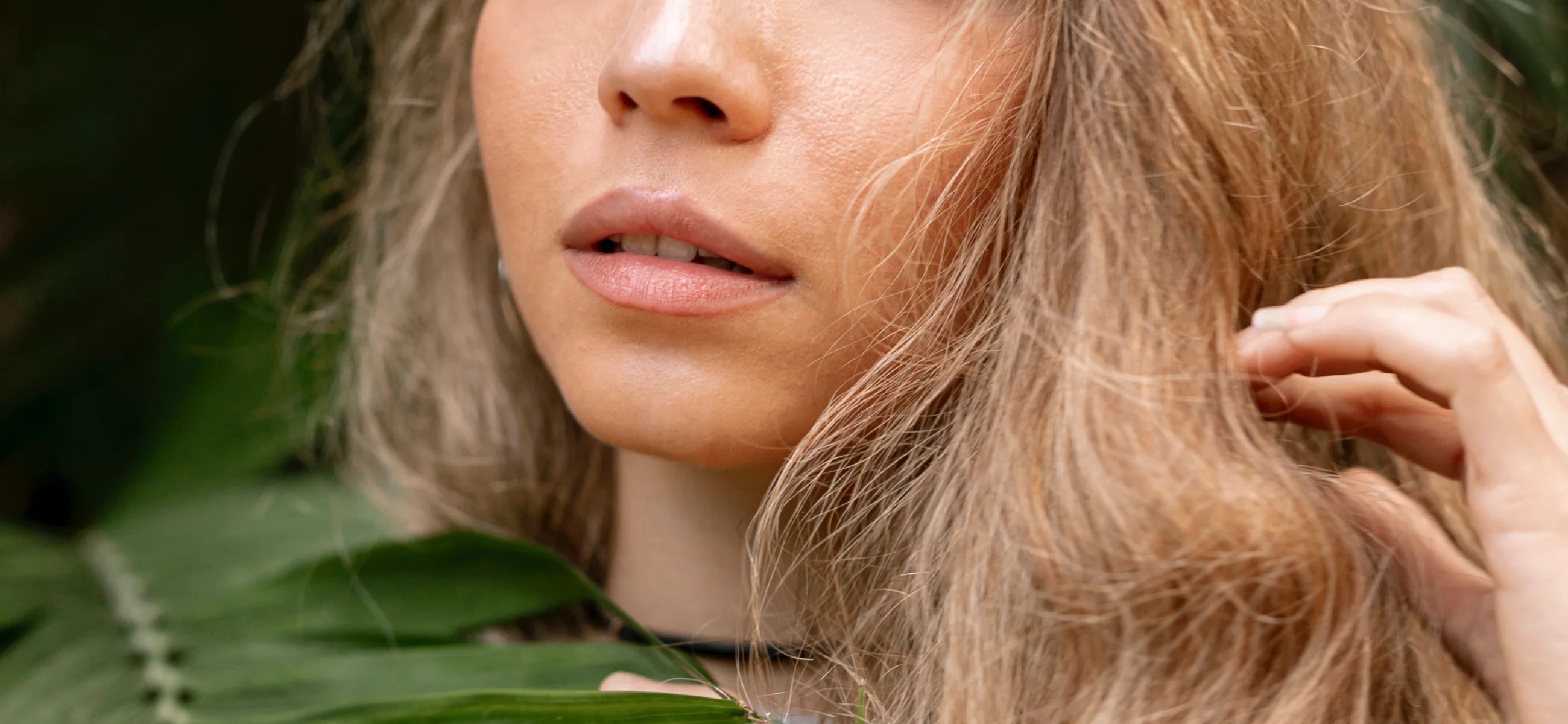Dehydration can indeed lead to hair loss, and this issue is becoming more serious in regions of the USA like California, Arizona, and Nevada. Sadly, the dry climates in these areas exacerbate the problem.
We are increasingly looking for solutions to combat this issue. Proper hydration is necessary, but there are also other steps you can take to protect your hair. One effective measure is to switch to an ionic hair dryer instead of a traditional one. Ionic hair dryers help reduce much more drying time and minimize extra heat damage, like Laifen Swift Special has 100% no heat damage.
In the following sections, let’s discover the connection between dehydration and hair loss and discuss more related.
What causes dehydrated hair?
- Insufficient water intake can lead to overall body dehydration, including hair.
- Exposure to harsh weather conditions, such as excessive sun, wind, and dry air, can strip moisture from hair.
- Frequent use of hair dryers, straighteners, and curling irons can cause hair to lose its natural moisture.
- Coloring, perming, and relaxing treatments can damage the hair shaft.
- Using harsh shampoos, skipping conditioner, or washing hair too frequently can strip natural oils from the hair.
- A diet lacking in essential nutrients like vitamins and minerals can affect hair health and hydration.
- Certain medical conditions, such as thyroid disorders, can impact hair moisture levels.
- Chlorine in swimming pools and salt in seawater can dehydrate hair if not properly rinsed out.
Will dehydration cause hair loss?
Yes, dehydration can cause hair loss. When your body lacks adequate water, it prioritizes vital organs over less critical functions, such as hair growth. This can lead to dry, brittle hair that is more prone to breakage and shedding. Worsely, a dehydrated scalp can become dry and flaky, potentially leading to conditions like dandruff, which can further exacerbate hair loss. Here are some common signs of it.
5 signs of dehydrated hair
Now you can understand what are the common syptoms of dry hair.
Dryness and brittleness
Dehydrated hair loses its elasticity and becomes fragile. This makes it more susceptible to breakage, split ends (learn how to avoid split ends effectively), and snapping during styling. The strands feel coarse and straw-like, lacking the smoothness of well-hydrated hair.
Lack of shine
Healthy hair reflects light, giving it a shiny appearance. Dehydrated hair has a rough cuticle layer, which scatters light instead of reflecting it. This results in a dull, lifeless look, and no amount of shine-enhancing products seem to help.
Frizz and flyaways
Without sufficient moisture, the hair cuticle lifts, causing frizz and unruly flyaways. This condition worsens in humid environments as the hair tries to absorb moisture from the air, leading to even more frizz. Your hair becomes difficult to control and style.
Tangled and knotted
Dehydrated hair lacks the natural oils that help strands glide past each other. This makes the hair more prone to tangling and forming knots, especially when wet. Combing or brushing through it becomes a challenging and often painful task.
Itchy and flaky scalp
A dry scalp loses its ability to retain moisture and then causing itchiness and the formation of small, white flakes. This condition is often confused with dandruff but is actually a result of dehydration. An itchy scalp can also exacerbate hair loss due to increased scratching and irritation.
A table: Before and after dehydrated hair
| Aspect | Before dehydration | After dehydration |
| Texture | Smooth and soft | Dry and brittle |
| Shine | Glossy and reflective | Dull and lifeless |
| Frizz and flyaways | Controlled and manageable | Frizzy and unmanageable |
| Tangles and knots | Minimal tangling | Frequent tangling |
| Scalp condition | Moist and comfortable | Itchy and flaky |
An ionic hair dryer helps treate dehydrated hair
Like we said, an ionic hair dryer can make a big difference for dehydrated hair by using negative ions to break down water molecules, helping them penetrate the hair shaft better. This means your hair stays more hydrated and is less likely to get dried out from the heat.
Ionic hair dryers cut down on drying time, which reduces the risk of heat damage. They also help smooth the hair cuticle, which keeps your hair looking shiny and less frizzy. Laifen Swift Special is a top pick for this job. It has advanced ionic technology that keeps your hair looking shiny and healthy by locking in moisture. Its powerful airflow dries your hair quickly, so you don’t have to expose it to heat for too long.
To get the best results, I recommend you start with a hydrating shampoo, use a heat protection spray, and dry your hair in sections with Laifen Swift Special. Finish up with a hydrating serum or oil to keep your hair looking its best.
More treatments for dehydrated hair
We tested more methods that may also help you treat dry hair.
1. Deep conditioning treatments
Deep conditioning treatments are powerful for restoring moisture to dehydrated hair. These treatments penetrate the hair shaft and deliver intense hydration and nutrients.
You can either opt for a salon treatment or use at-home deep conditioners. Salon treatments can range from $30 to $60. At-home options like the Shea Moisture Intensive Hydration Hair Masque or Olaplex No. 3 Hair Perfector cost around $10 to $30 and can be used weekly for best results.
How to use at home:
- Add the deep conditioner to your hair after cleaning.
- Comb through to ensure even distribution.
- Leave it on for 10-30 mins.
- Rinse with cool water to seal the cuticle.
2. Hydrating hair oils
Hydrating hair oils are great for adding moisture and shine to dry hair. Oils like argan oil, coconut oil, and jojoba oil are particularly effective. These can be applied as leave-in treatments or used as a pre-wash treatment. A bottle of quality argan oil or coconut oil usually costs between $10 and $20.
How to use:
- Warm a small amount of oil in your hands.
- Put to the ends and mid-lengths of your hair, avoiding the scalp to prevent greasiness.
- For a deeper treatment, apply and leave it on for a few hours or overnight before washing out.
3. Conditioners and sprays
Leave-in hydrating sprays provide ongoing moisture throughout the day. Products like the It’s a 10 Miracle Leave-In Product or the Ouai Leave-In Conditioner are popular choices and cost around $15 to $30.
How to use:
- Spray or apply the leave-in conditioner to damp hair.
- Comb through to distribute evenly.
Style as usual, reapplying lightly if needed throughout the day.

